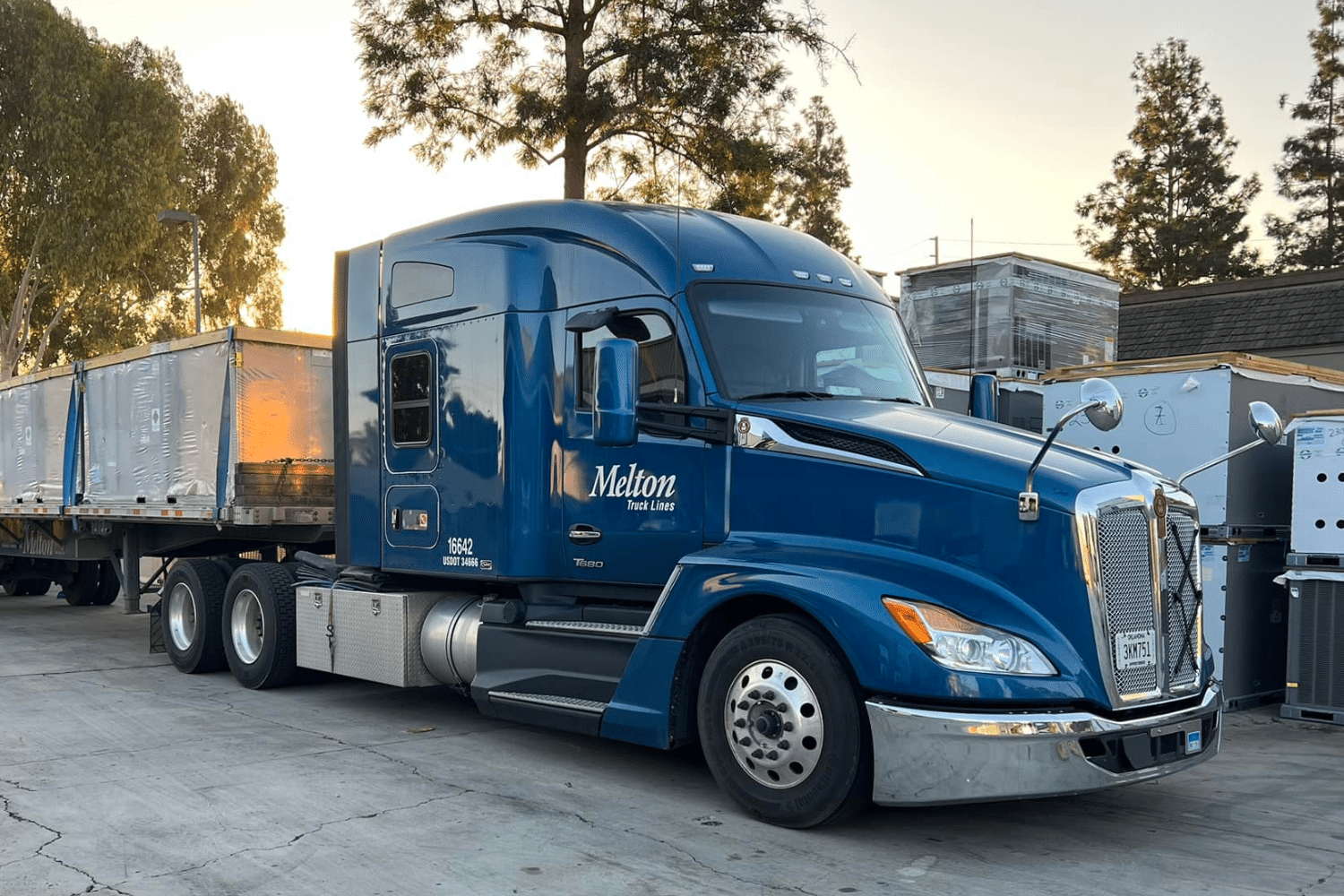
Canada vs Mexico Cross Border Shipping
Cross-border shipping is a crucial part of international trade. However, navigating the regulations and requirements for shipping to Canada or Mexico can be a challenging aspect that can seem intimidating, especially when both countries have their own required documents and safety precautions.
Here we’ll break down the major requirements, differences, and preparation steps for successful cross-border shipping to these neighboring countries.
What are some of the differences between Canada and Mexico’s cross-border shipping?
While both countries share similarities in cross-border shipping, the key differences are:
- Documentation: Mexico’s requirements often include additional permits and certifications, some filed before and provided during the border crossing itself, while Canadian loads often emphasize pre-arrival electronic submissions.
- Security Risks and Cargo Insurance: Shipments through Mexico may face additional security challenges, and most Mexico-domiciled carriers do not carry cargo insurance in Mexico. Current standardization doesn’t require Mexican carriers to have cargo insurance, as they are liable for a very small amount in the event of damage or theft, where as Canada-domiciled carriers are required to have third-party liability and cargo insurance.
- Border-Crossing Locations and Times: Compared to the Mexican border, Canada’s border to the U.S. is far larger, boasting around 75+ border crossing locations compared to Mexico’s 22, many of which aren’t equipped with the staffing or infrastructure to accommodate commercial cargo inspections.
Other major differences can vary from smaller differences in weather patterns and road conditions, to the more apparent language and cultural barriers.
What are the major requirements for cross-border shipping in Mexico?
Shipping goods to Mexico involves several specific requirements, including:
- Documentation:
-
- Bill of Lading (BOL): Proof of the shipment’s details and destination.
- Commercial Invoice: This Commercial Invoice will serve as a customs document for any freight traveling internationally and will be used by customs officials to determine import duties and taxes.
- Cargo Manifest: A breakdown of items in the shipment.
- Certification of Origin: This document states where a shipment originated from.
-
- Permits and Certifications:
-
- Some goods require specific permits or certifications, such as NOM (Normas Oficiales Mexicanas) compliance for certain products.
-
- Additional Time at the Border:
-
- Cargo and vehicle inspections are routinely conducted at the U.S. Mexico border – however, due to their limited number of border crossing locations equipped with inspection spaces, it can take anywhere from 2 – 5 hours to get things moving. Always plan for additional delays in your shipping process.
-
While these are the most major steps to get your shipments across the border, it’s highly recommended to work with a customs broker if you are new to the industry. Customs brokers can help you navigate the differences and prevent major issues and delays.
What are the major requirements for cross-border shipping in Canada?
Shipping to Canada involves its own set of regulations:
- Documentation:
-
- Certificate of Origin: This document states where a shipment originated from.
- Customs Invoice/Commercial Invoice: This Invoice will serve as a customs document for any freight traveling internationally and will be used by customs officials to determine import any duties and taxes.
- Packing List and Bill of Lading: As in Mexico, these documents are standard.
-
- Permits and Certifications:
-
- Some goods require specific permits, such as CFIA approval for food products or Transport Canada certifications for hazardous materials.
-
- Electronic Submission:
-
- Canada Border Services Agency (CBSA) often requires pre-arrival information through systems like eManifest.
-
How Can You Prepare to Ship Across Either Border?
While each country will require an eye for the minor details, and can certainly come with their own unique challenges, the preparation for shipping to or through either country is standard.
- Ensure proper preparation well in advance
- Establish if you will be using a through-trailer or transloading service
- Prepare alternative options in the event of major delays
For Mexico:
- Verify all necessary permits, especially for regulated goods are available physically and electronically and use secure carriers. Consider cargo insurance for high-risk areas, or high value loads.
For Canada:
- Prepare and submit pre-arrival documents electronically via CBSA systems. Work with a customs broker to simplify clearance, even if it is not mandatory.
Cross-border shipping to Canada and Mexico can open doors to a significant number of business opportunities. By understanding and preparing for the distinct requirements of each country, you can ensure smooth and easy transportation of goods. Melton can help you with your flatbed cross-border needs – learn more on our cross-border shipping page. Have domestic freight you need handled by the experts in flatbed shipping? Visit our flatbed trucking services page for more information.
